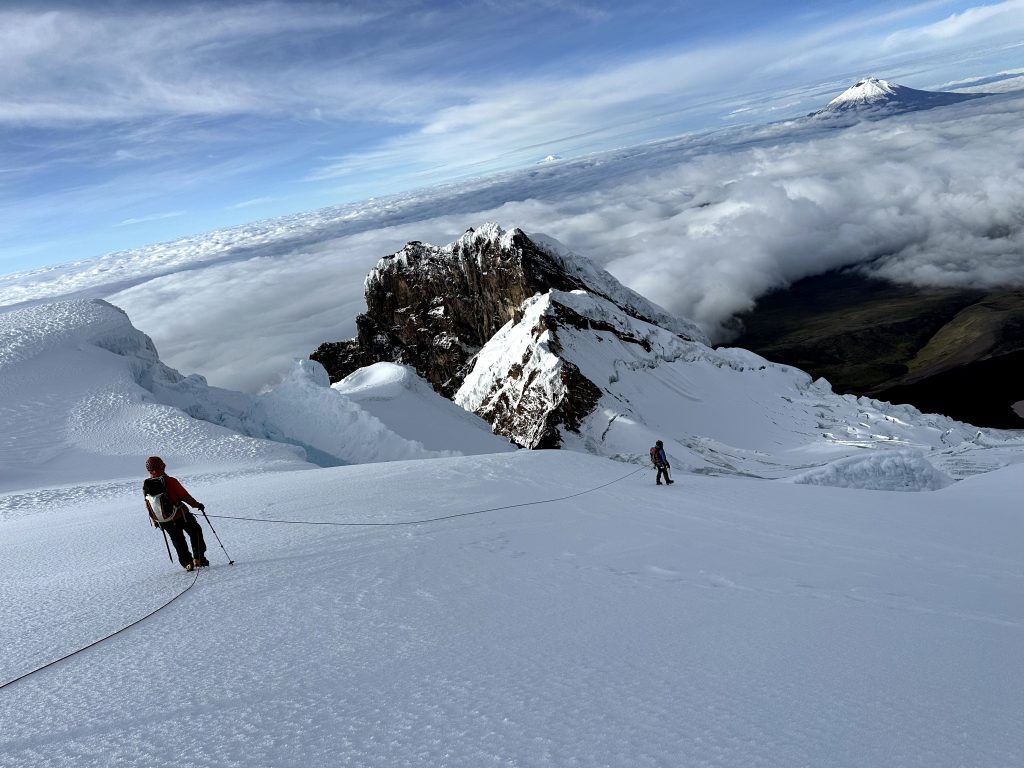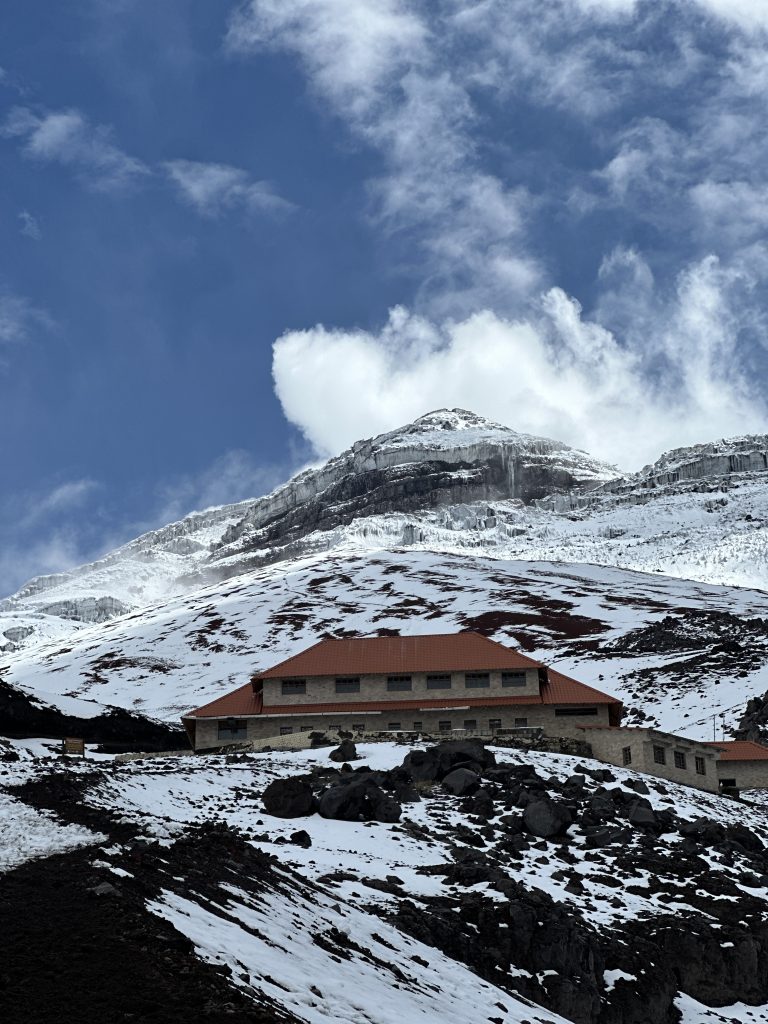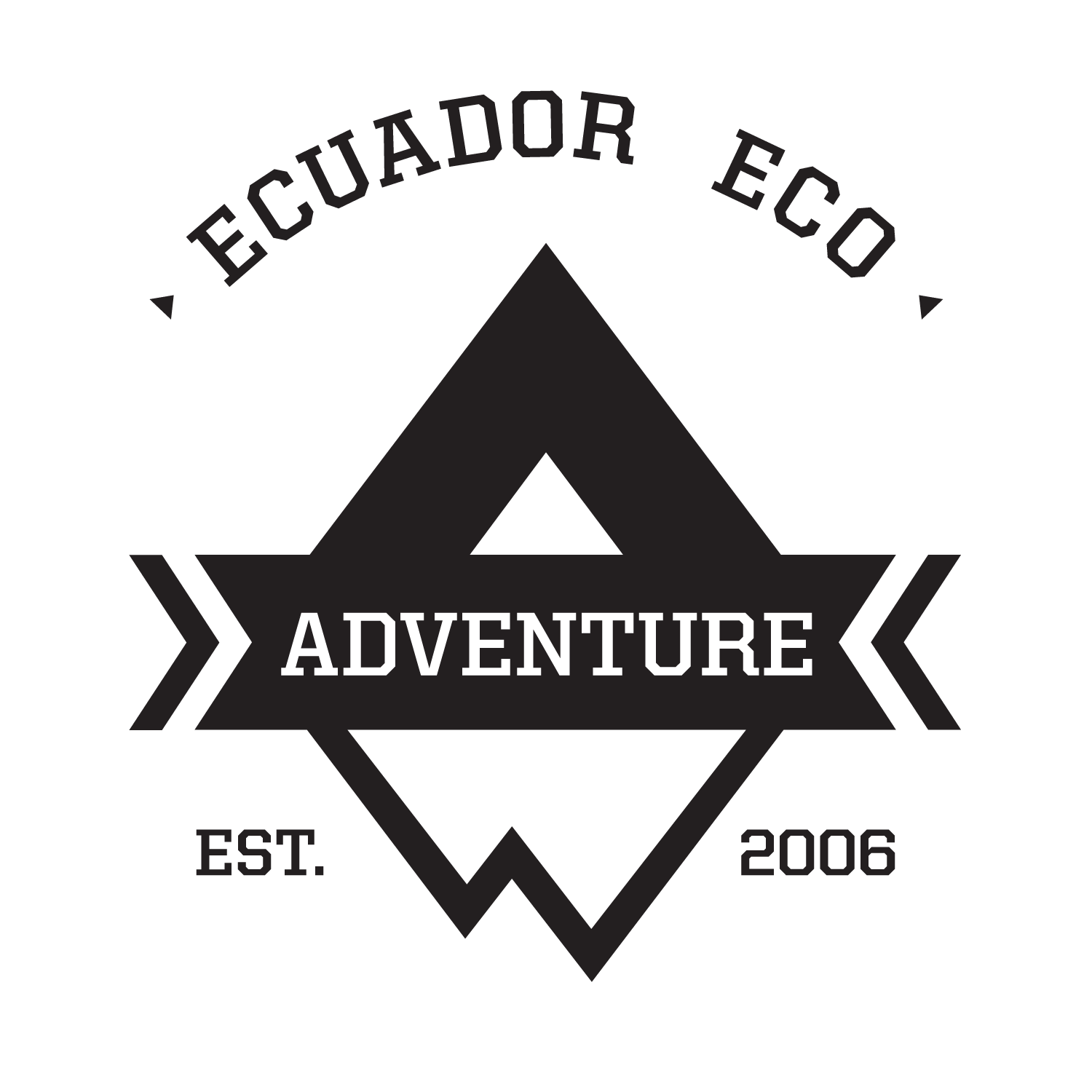Ecuador Mountain Climbing Guide
Top Peaks, Essential Tips, and Sustainable Adventure
1. Planning and Choosing Your Volcanoes in Ecuador
Ecuador is renowned for its dramatic landscapes, featuring several majestic volcanoes that offer diverse climbing experiences. Cotopaxi, known for its symmetrical cone and glaciers, is the country’s second-highest peak, perfect for beginners seeking a thrilling adventure. In contrast, Chimborazo presents a more challenging ascent, with its extreme altitude and unique climatic conditions making it a favorite among experienced mountaineers. Don’t overlook Iliniza Norte, which offers a blend of technical climbing and stunning views, ideal for those looking to avoid the crowds while still enjoying the breathtaking Andean scenery.
When planning your climb, consider the season. The dry months from June to September and December to March typically offer the best weather conditions for climbing. Each volcano also has specific routes with varying difficulty levels, so choose one that matches your skill and fitness level.

2. First-Timer’s Guide to Climbing Ecuadorian Volcanoes
For first-time climbers, preparation is key. Start by participating in acclimatization treks like Rucu Pichincha, where you can gradually adapt to higher altitudes while enjoying the panoramic views of Quito. A structured fitness regimen focusing on endurance and strength is essential, including cardio workouts and leg exercises to build the stamina needed for long climbs. Additionally, create a comprehensive packing list that includes layered clothing, appropriate mountaineering gear, and safety essentials. Having the right equipment and being physically prepared can make a significant difference in your climbing experience.
Acclimatization Tips:
- Ascend Gradually: Spend several days at lower altitudes (like Quito) before heading to higher peaks.
- Stay Hydrated: Drink plenty of water to prevent dehydration, which can worsen altitude sickness.
- Eat Light Meals: Focus on carbohydrates and avoid heavy meals, as lighter food is easier to digest at altitude.
- Listen to Your Body: Pay attention to how you feel. If symptoms of altitude sickness arise, it’s crucial to descend and seek assistance.
- Rest Days: Incorporate rest days into your itinerary, especially before summits, to allow your body to adapt.
3. Local Insights from Ecuador Eco Adventure’s Guides
Our certified ASEGUIM guides bring invaluable knowledge and experience to your climbing adventure. With years of climbing experience and familiarity with the local terrain, they provide insights that go beyond technical details. Expect to hear captivating stories about the local legends and cultural significance of each volcano, enhancing your connection to the landscape. Our guides also share their extensive knowledge about the region’s unique biodiversity, pointing out native plants and wildlife during the ascent, which enriches your experience and fosters a deeper appreciation for Ecuador’s natural heritage.
Additionally, guides are equipped to manage emergency situations. They carry essential first-aid supplies and are trained to recognize signs of altitude sickness, ensuring your safety throughout the journey.
4. Interactive Route Maps and Acclimatization Points
Understanding your climbing route is crucial for a successful expedition. Our interactive climbing route maps feature essential details such as acclimatization points, campsites, and water sources. These maps not only help you navigate but also allow you to plan your trek effectively by visualizing elevation changes throughout your journey. Additionally, we provide altitude profiles that outline daily ascent rates, helping climbers gauge their progress and adjust their pace accordingly. Knowing where to rest and hydrate can make all the difference in managing fatigue and ensuring a safe climb.

Incorporating rest stops in your climbing strategy can help maintain your energy levels and keep your morale high. Use the acclimatization points on the maps to schedule breaks, allowing for proper recovery.
5. Prioritizing Safety and Sustainability
At Ecuador Eco Adventure, we prioritize safety and environmental stewardship. Our guides follow Leave No Trace principles to minimize the ecological impact of our activities. We encourage climbers to adopt sustainable practices, such as using biodegradable products and respecting wildlife habitats. Supporting local communities through responsible tourism helps preserve Ecuador’s stunning landscapes for future generations. Our commitment to sustainability extends to promoting eco-friendly lodging options and fostering partnerships with local artisans, ensuring that your adventure not only benefits you but also contributes to the well-being of the regions we explore.
By choosing to climb with Ecuador Eco Adventure, you are not only embarking on a thrilling adventure but also playing a part in the conservation of the stunning landscapes and rich cultural heritage of Ecuador. Together, we can ensure these natural treasures are preserved for climbers and adventurers in the years to come.
General Manager and Founder. National guide and wildlife expert, photographer of wildlife, and afficionado of history. Wlady is a proud Ecuadorian who went to highschool in New Zealand and started of Ecuador Eco Adventure after meeting his Aussie mate Jake while studying ecotourism at uni. Ask us about how to climb Cotopaxi and Climbing Chimborazo as well as Trekking in Ecuador and Yasuni Amazon Tours.

